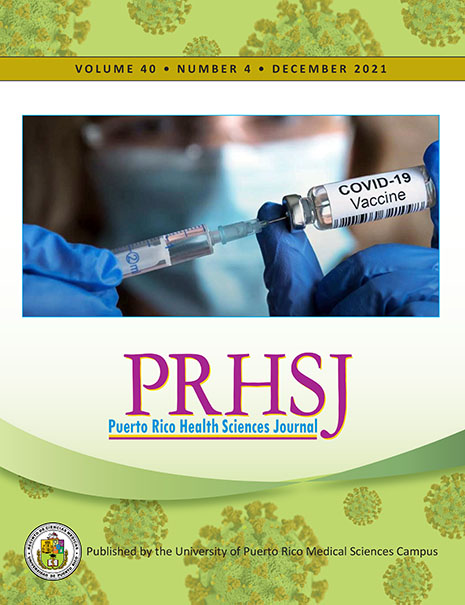Abstract
Objective: To investigate the relationship between optic nerve sheath diameter (ONSD) and clinical and carboxyhemoglobin levels in patients with carbon monoxide poisoning. Material and methods: This prospective cross-sectional study enrolled 55 consecutive adult patients with carbon monoxide poisoning. The demographic and clinical characteristics of the patients and the diameters of the optic nerve sheaths of both eyes of those patients at the time of admission and at the 6th hour after receiving 100% oxygen therapy and/or hyperbaric oxygen therapy were determined. The ages, genders, arterial blood pressure values, symptoms, carboxyhemoglobin levels, and bilateral ONSD values (measured sonographically before and after the oxygen therapy) of the patients were recorded in a data collection form. Results: Measurements of ONSD before and after treatment were observed significantly (P = .01). Significant decreases were observed in ONSDs after treatment (P < .05). However, no significant difference was observed between ONSDs at the time of admission and after the treatment of patients receiving 2-hour single-session hyperbaric oxygen therapy and 100% oxygen therapy with a reservoir mask (P > .05). Conclusion: The changing of ONSD, which is an indirect indicator of increased intracranial pressure, is a promising method to use at emergency service for patients with carbon monoxide poisoning.
Authors who publish with this journal agree to the following terms:
a. Authors retain copyright and grant the journal right of first publication with the work simultaneously licensed under a Creative Commons Attribution License that allows others to share the work with an acknowledgement of the work's authorship and initial publication in this journal.
b. Authors are able to enter into separate, additional contractual arrangements for the non-exclusive distribution of the journal's published version of the work (e.g., post it to an institutional repository or publish it in a book), with an acknowledgement of its initial publication in this journal.
c. Authors are permitted and encouraged to post their work online (e.g., in institutional repositories or on their website) prior to and during the submission process, as it can lead to productive exchanges, as well as earlier and greater citation of published work (See The Effect of Open Access).
